A brief look at the books published in the field of “Cinema and the City”

According to the cinema reporter of Fars News AgencyThe connection between cinema and the city (architecture, space, etc.) as two distinct and seemingly unrelated art forms is the idea that Walter Benjamin, the famous philosopher of the Frankfurt School, first briefly mentioned in his article “Art in the Age of Mechanical Reproduction”. And has pointed it out concisely. In this article, Benjamin points out that cinema owes more to architecture and urban planning than any other art form.
Cinema’s more indebted to literature and novels in terms of visual and visual aspects than to painting, or’s due to the narrative aspect of literature and novels, or it’s indebted to theater because of the interest it derives from acting and performance, and so on. He argues that cinema, rather than being part of the visual arts, is like architecture in the form of tactile arts, that is, the similarity between architecture and cinema is due to the involvement of the visual and tactile aspects of the human senses.
There is a historical and social connection between the city and cinema. This connection goes beyond the general argument that cinema, as the seventh art, is the synthesis of other artistic and literary forms such as novels, theater, painting, and so on. There is a significant symmetry between the leap that occurred primarily in the concept of architecture and modern space in the late nineteenth century and the formation of cinema, which changed the human perception of the concept of space.
With the advent of cinema, we have seen a change in people’s perceptions of reality and the world they face, and cinema has enabled human beings to see phenomena and realities in a completely different way from what they have experienced and seen before. Experience fresh scenery. This change in the human perception of space and the surrounding reality in the twentieth century coincides with the change and leap that was created in urban space and architectural space through modern architecture and urban planning.
Over the past decade relationship Cinema and the city It has been the focus of translators and researchers in the field of art and cinema more than ever, as dozens of different books have been published on the subject. Due to the importance of the subject in this report, we will take a brief look at some of the most important books that have been written and published on this subject.
Introducing the book “Cinema and the City”, films and urban communities in the global context
The book “Cinema and the City” is divided into four chapters: Three of these four chapters deal with the geographical relationship between the key world territories and the types of cities and their specific cinematic cultures (Los Angeles, a number of former European colonial cities, and central cities). Two former European colonial powers); Another chapter traces the political-economic relationship between film production and consumption [یا تماشای] It is dedicated on the one hand and the key centers of the city on the other.
A short introduction is written for each chapter of the book that links the various articles to the other chapters. The essence of this book is presented in two critical articles: the first article, entitled “Cinema and the city in history and theory”, to establish the relationship between cinema and urban society and its place in cultural and social theory, historical and geographical context. Provides large and extensive; The second article, entitled “Films and Urban Communities in a Global Context,” accurately introduces the various articles and chapters of the book, and inevitably draws their attention to the category of power, globalization, and resistance, as they appear in cinemas and films in the urban environment. Or they act through it – it pays attention.
The author points out in the introduction: This book is from the Cinema and the City Conference that we organized and was hosted by the Film Research Center at Dublin University College (UCD) in March 1999. The conference brought together a wide range of renowned and emerging researchers in related fields such as film studies, sociology, urban studies, geography and architecture, and using a variety of methodologies to explore the rich relationship between Film and urban environment paid …
In general, the book “Cities and Cinema” has been compiled in three sections. The first part begins in a historical movement from the Weimar Republic and Berlin as the bearer of modernity and modernist art of the time, and passes through the fears and doubts hidden in the Los Angeles Noir film, in the city of love, Paris New Wave French cinema is calming down; And in this way, he does not neglect the evolution and exchange of aesthetic styles between the cinema of these three climates. The second part depicts the transition from modernist national cinema to postmodern transnational cinema, beginning with the Hong Kong film industry and looking at the “rubble film” and passing through the ruins and ruins left by the war in the cities. It leads to utopia and dystopia in science-fiction films.
Finally, the third section focuses on the concepts of identity and location in the process of globalization, examining marginalized communities, slums, ghettos, travel, migration, and the situation of refugees and illegal workers.
Introducing the book Scenes from a Marriage (Considerations about space, city and the audiovisual experience in cinema)
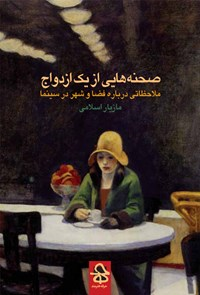
“Scenes from a Marriage (Considerations about Space, City, and the Audio-Visual Experience in Cinema)” by Maziar Eslami (1970) is a lecture on the connection between cinema and architecture.
In the first part of this book, the connection between cinema and architecture is examined and in the second part, the social and aesthetic connection of cinema with urban space is discussed.
This book states: Cinema and the mental life of the city in the history of cinema. They are involved in filmic events and actions. In these films, images of daily life and urban and civic life have a prominent presence. This shows the inner connection that cinema has had with the urban space from the very beginning, and it can be boldly said that no other artistic and literary form has had such a diverse and reliable connection with the city in the history of its evolution. When we look at the early films and images of cinema, the period when cinema, through its sudden emergence and birth, enjoyed a kind of freedom and liberation, both in style and content, we find that cinematic images are about people and people who are spooky in spaces. The city is in motion.
People and passers-by staring at the camera, staring at this magical tool. In these early films, there was no distinction between those who were supposed to watch the images (that is, those for whom the images were made to go to the cinema and see them) and those who were the subject of these images or, in modern terms, the actors. . The same people whose pictures were taken and recorded in the streets, and the passers-by who happened to be the subject of these moving pictures, were the same spectators who later went to the cinemas and were amazed to see pictures of themselves or people like themselves or people they knew. In a sense, this is the essence of topographic cinema images in the history of cinema, images of space, the urban environment, passers-by and ordinary people from all walks of life.
Introducing the book “Cities and Cinema”
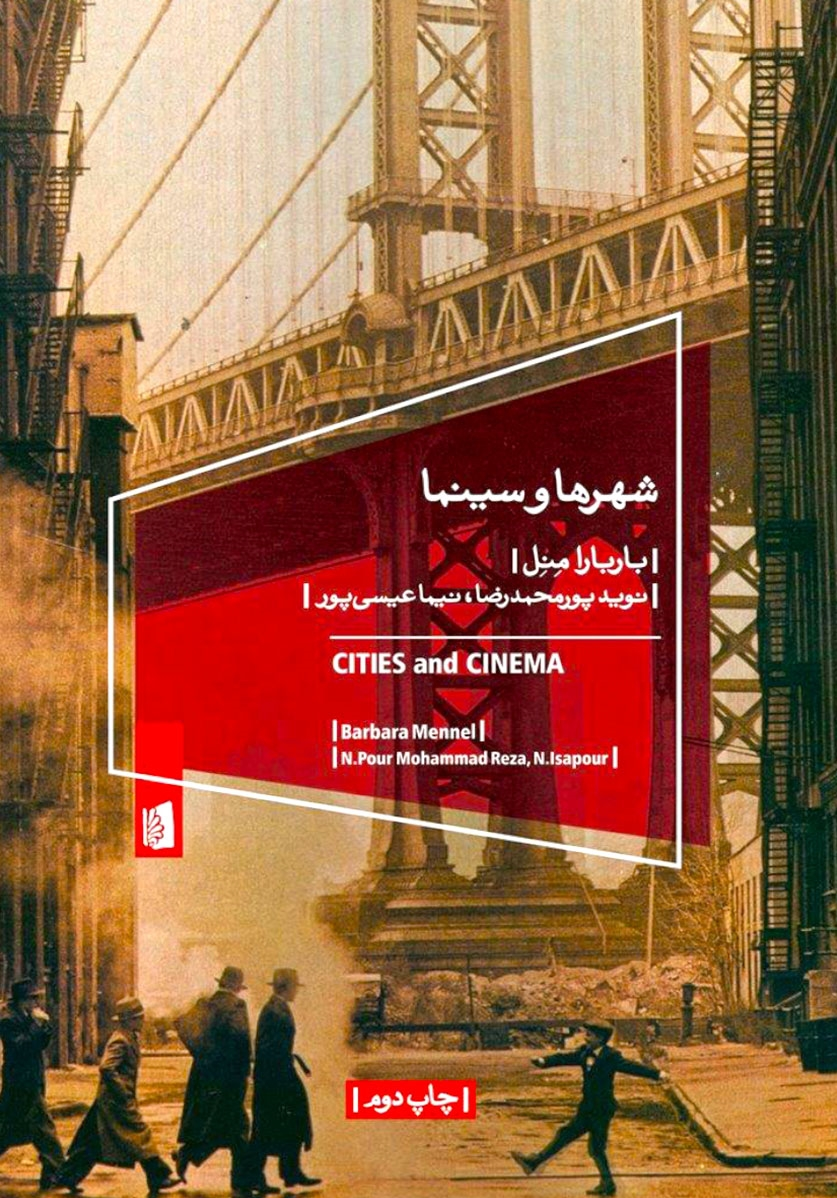
Barbara Menell, author of Cities and Cinema, is a professor of cinematic studies, but in this book she tries to reread the films and images of urban theorists in connection with the developments and complexities of contemporary cities. Therefore, reading a book can be very enlightening both for students and cinema enthusiasts and for researchers and students of architecture, urban planning, sociology, etc. Cities and Cinema discusses the different ways in which cities and cinemas are interconnected; To achieve this, this book uses the resources and methods of cinema studies and urban studies in a simultaneous way. Of course, there is more emphasis on cinematic studies here to confirm the importance of cinema in understanding how cities are portrayed and imagined. The main purpose is to explore and re-examine the fact that cinematic and imaginary cities are portrayed in terms such as national and global, modernity and postmodernity, and the production and reproduction of power in relation to race, class, gender, and migration. The purpose of this book is to examine films not only to reflect and explain urban issues, but also to create a cinematic image of cities; A picture beyond what we experience in our daily lives.
Introducing the book Khatere Shahr (re-reading the cinematic graphics of the Iranian city; 1340-1350) Among the published books, the two books introduced in the previous lines have been seen more than the other books and have been welcomed by students. But apart from these books, which are both translations, and the examples of cinemas and cities mentioned in them are generally European or American countries, we can mention a few other books that are authored and come mostly from the studies of Iranian researchers working in the country. These books are generally written in Iranian cinema and cities such as Tehran. In the following report, we will introduce some of these books.
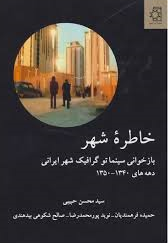
The book Khatereh Shahr (re-reading of the graphic cinema of the Iranian city; 1340-1350) is one of the first works that has studied the subject of the city and cinema. The late Dr. Mohsen Habibi, who has been referred to by some publications as the “father of Iranian urban planning”, in this book rereads the multifaceted relationship between cinema and the city and modernity in Iran from 1332 to 1357 and a look at the country’s urban space through the lens of movies. In the pre-revolutionary era.
Introducing the book of the city and cinema in Iran
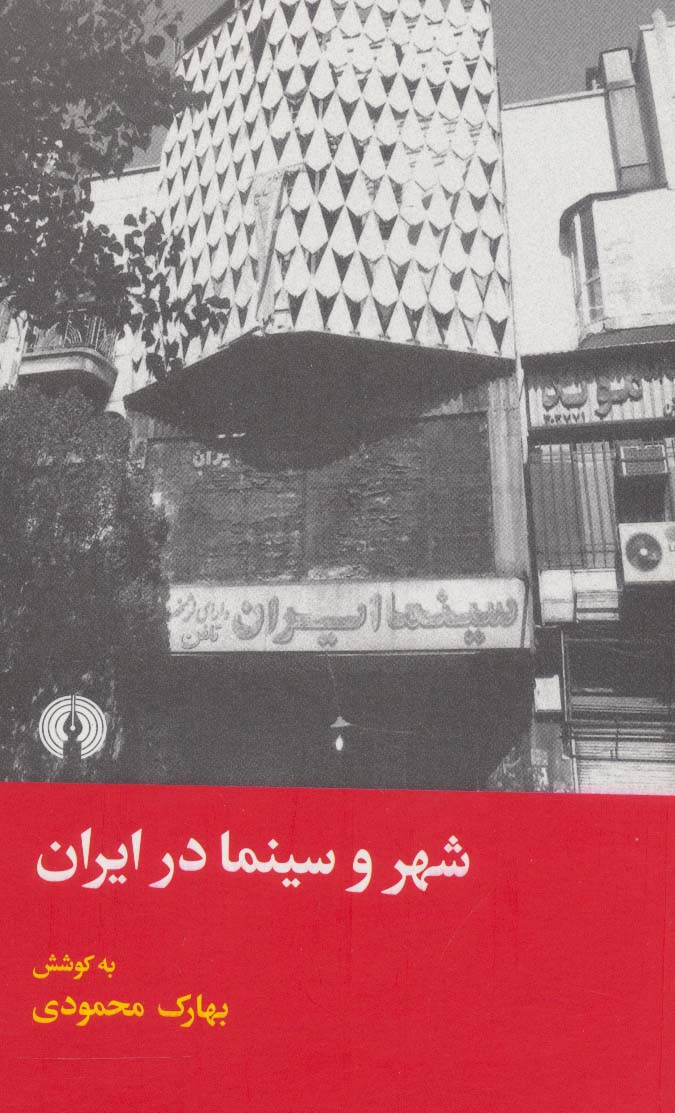
This book is one of the latest works to be published about the city and cinema. Baharak Mahmoudi has written this book and published it in scientific and cultural publications.
In this book, we are faced with such questions: What is a city like when it is represented in cinema?
What are the dimensions of the relationship between the city and the cinema? Cinema, while creating a connection between memory and representation, expands it in another way as if it were being recreated. Evil is being rebuilt in cinema, and parts of it are erased from our memory, the city that makes cinema possible and the cinema that develops the city. The neighborhoods and parts of the city are first discovered by the cinema, and then these places actually become a place to live and visit. Cinema, on the other hand, goes to some places to show the city.
How is it possible to research urban landmarks in cinema, the Freedom Tower, the Nature Bridge, or the deep, multifaceted image of a part of the city that produces memories? Does research in this field require an elitist view of the representation of the city or a view based on everyday life, do the cinematographers seek to send a deliberate and enlightening term about the city, or does the city reveal itself indirectly through the film? Reflects the normal dimensions of life? The articles in this book have been compiled in response to the questions mentioned above.
Introducing the book Man, City, Cinema
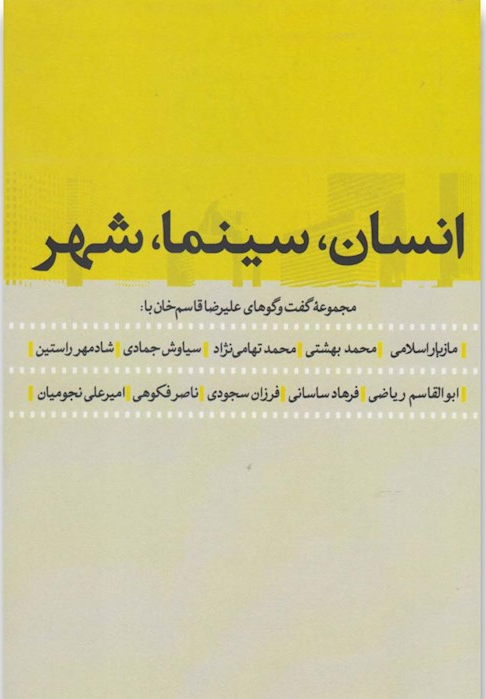
The book Man, Cinema, City, is a collection of conversations of Alireza Ghasem Khan with 10 Iranian academic personalities, each of whom has studied these three phenomena from their own point of view and in relation to each other.
From the point of view of this book, if we consider cinema as a sign that has filled our whole life now, there are many questions about it. Of course, the existence of cinema is related to modernity and technology. If man had not acquired advanced technology, there would have been no cinema. The city is an essential part of modernity that leads to human habitat change. Now that human habitation is made up of cities, human beings think differently about themselves, that we want to know what role cinema plays here. We must first be able to think about the cinema that deals with the city and its relationship to man. But now man lives in the presence of cinema, which can not easily make this creative tool a problem. In any case, we have to know cinema in its entirety and its concreteness with the whole of life.
Introducing the book “City and Cinema”, a review of the city in world cinema and an analysis of the image of Tehran in Iranian fiction cinema
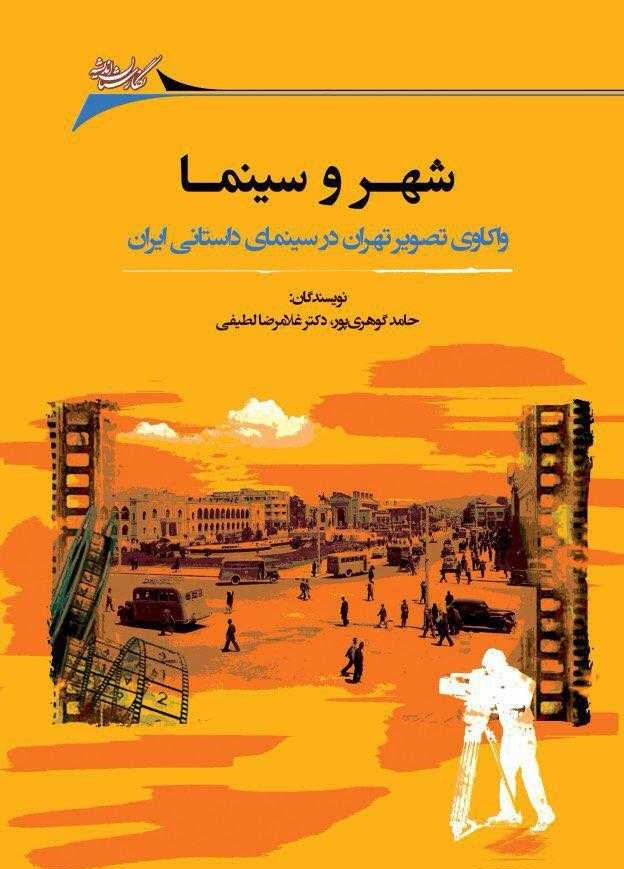
In this book, after explaining the relationship between the city and cinema, by studying cinematic works, the city is examined from a new angle.
The first chapter of the book is the recognition of the relationship that has existed throughout the history of cinema between this industry-art media and the city and continues. A relationship by which different angles of different cities of the world have appeared on the screens of cinemas in different countries and in many cases have provided a visual judgment of them.
In the second chapter of the book, the image of the city has been reviewed in a number of foreign movies.
The third chapter of the book tries to provide a suitable analytical framework not only for this book but also for other similar researches from a methodological point of view. Therefore, the literature of this chapter is more methodical and specialized, and its target audience is those interested in methodological topics, especially semiotics.
End of message /

